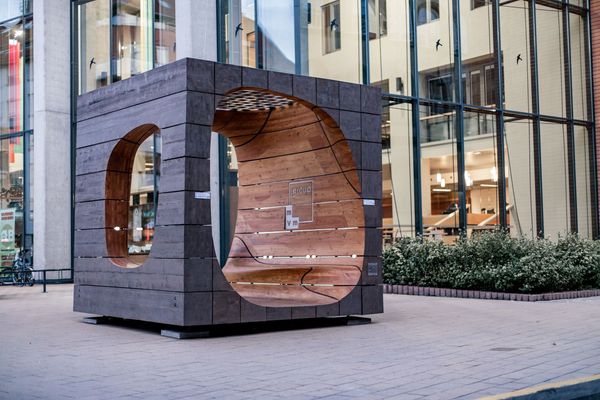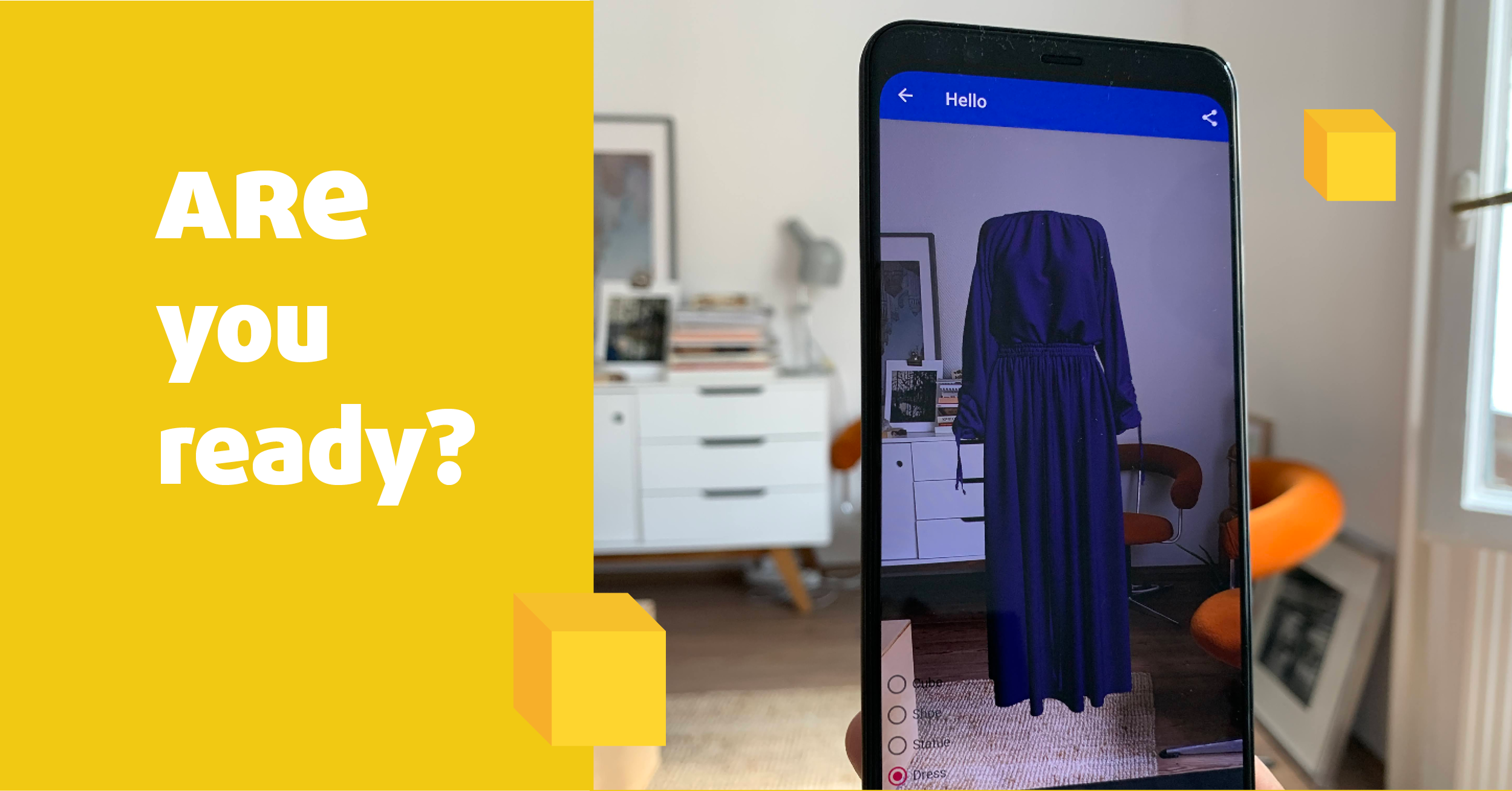Unheard stories for city enthusiasts and design fans, virtual exhibition tours and paintings coming to life: only a few examples from the portfolio of Hungarian creative startup ARe with which they entered the Hungarian and the international market. The company also open towards urbanism, design and fashion explores the opportunities of augmented reality, and their latest development may also be of interest for companies and event organizers who have lost customers due to the epidemic – and of course to anyone who is open to interactive content. We asked Udeme Etentuk, one of ARe’s founders about their services, the significance of AR and its future. Interview!
When did you start and what was the vision based on which you positioned your services?
Udeme Etentuk (U. E.): I decided I was going to develop applications after almost a decade spent working in the communication sector. What fascinated me about AR the most is that it connects the offline and the online space. Our first development was completed in 2013, and then in 2016 we decided that it was time to involve more colleagues. We reached the problem of not being able to develop at a speed that would have enabled us to satisfy all orders coming in quite quickly, and so we contacted an investor called Hiventures. We mainly targeted organizations engaged in urbanism and tourism, as one of the best advantages of our development is that you can scan virtually anything starting from a statue to the facade of the Basilica without a visual marker, about which you can then get information with the help of AR right there, at the given location. When the epidemic hit the country, we had to recalculate our plans and model, and decided that the urbanism line had to take the backseat for a while, and decided to focus our capacities on new possible paths –resulting in our latest development, amongst others.

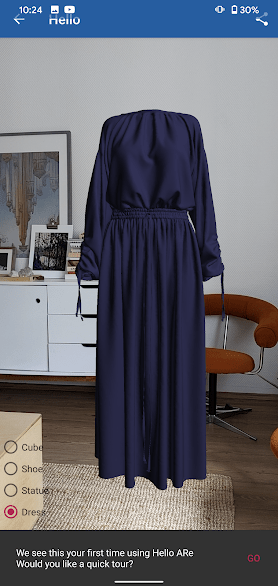
What should we know about this? The audience was able to use it live already during this year’s Budapest Central European Fashion Week, and so I was able to place a gorgeous Alma Vetlényi dress into my living room with the help of ARe.
(U. E.): Yes, our latest innovation lets us visualize objects in a photorealistic manner. To stay at the fashion example you mentioned, the greatest advantage of this is that if, for example, a fashion show is cancelled, or is not held open to the public, the creations presented there can be displayed anywhere, anytime. Primarily products where visuality plays a central role are worth to be displayed with this tool, for example: a unique dress, where the design and the details are crucial. Several stores and showrooms had to close due to the epidemic, and so the customers could not see the products. This service primarily targets these companies and businesses. We also work with unique furniture and we are also opening to contemporary design and art: currently users can view a beautiful two meters high virtual statue of Judit Horváth Lóczi and a pair of shoes designed by Gabi Veszprémi in the ARe app.
The audience could see your projects during Design Week for years, but you also took part in art projects, including, amongst others, Dóra Maurer’s exhibition held in Tate Modern in 2019. What’s your most exciting collaboration so far?
(U. E.): Until the outbreak of the virus, the most collaborations originated from the field of art and design, but we were also contacted by agencies, once again in the field of art: it seems this is the area that adapts novel development in the easiest way. In addition to our project in the Tate Modern, we loved our work with DDB Budapest very much, too, with which we earned two shortlists for the Cannes international marketing competition. In this prevention campaign related to breast cancer we placed the emphasis on story-telling. The audience was able to scan nudes made by Hungarian artists with our application, and then the models came to life and told what one should pay attention to during a breast examination in one-minute-long animation messages.

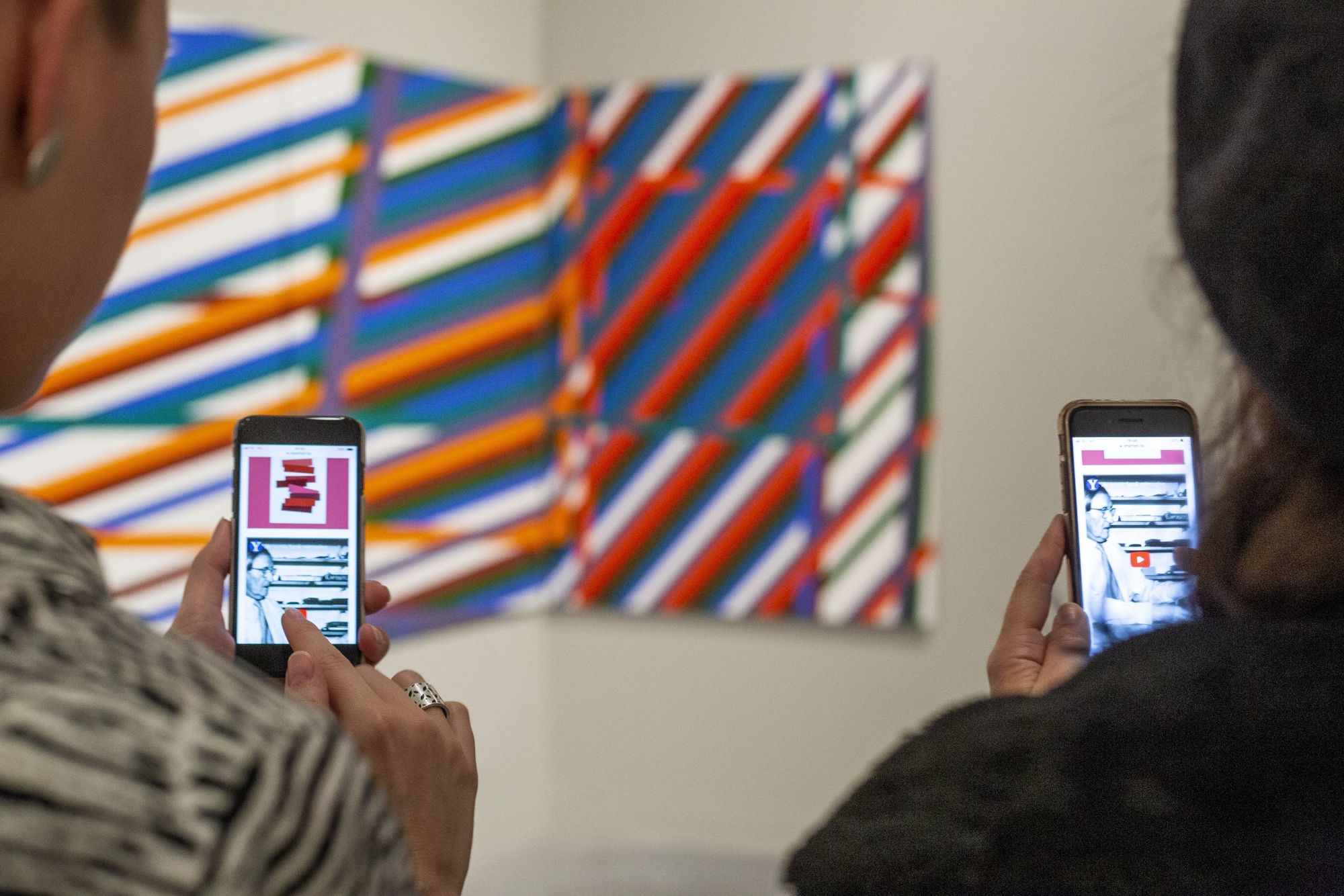
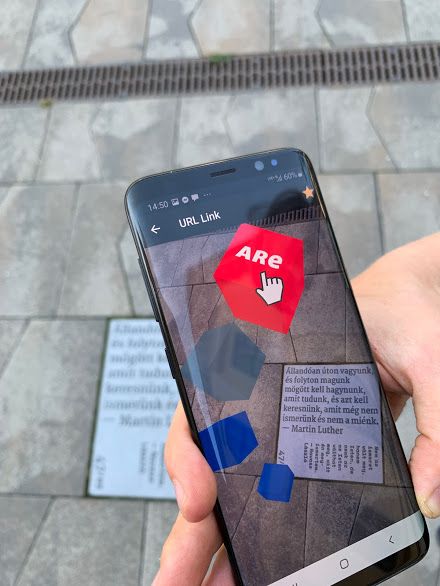
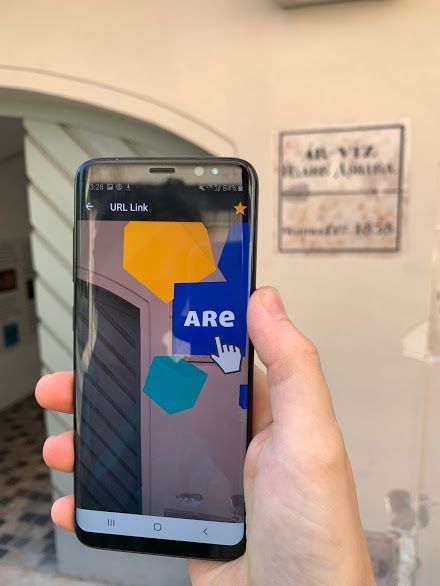
Many companies work with AR, but it is also criticized for being dependent on a device – like my mobile phone that separates the digital and the real space, and thus I cannot get a truly immersive experience. What do you think AR’s significance is?
(U. E.): Fundamentally this criticism is true, as AR will not solve all of our problems rooted in our web habits. Perhaps its most important advantage – and everyone tries to utilize this in different ways – is that it has a higher interaction rate due to its visuality and playful function compared to 2D and screen-bound communication. Just think about Pokémon Go! This is why many people develop it, including the largest tech companies like Facebook or Apple. We build our long term strategy on that in two or three years, AR glasses may enter the market causing no frustration to the wearer at all and the user interface itself also contributes to our everyday life. It’s important to us that our services do not take away time from users or bind them to the screens continuously –instead, it offers new information always based on location or need, in a relevant manner. In the case of urbanism, for example, the most important value is that the built environment carries hidden information we know nothing about, this is why city walks are so popular, too, together with our tourism AR services.
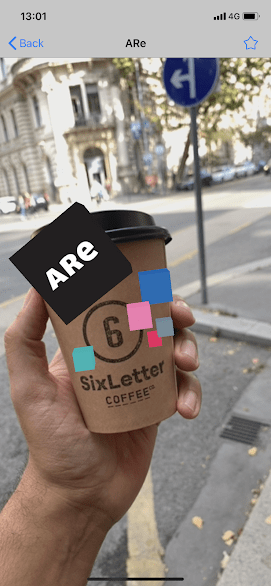
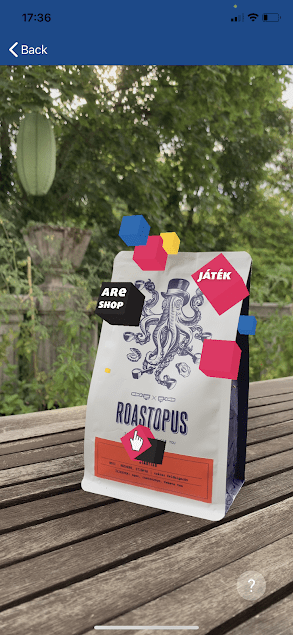
The communication material of your services tells us that greater user activity means more data, while more data will allow for the more accurate prediction of customer behavior. This is delicate ground, as the users are more and more starting to recognize that by using the applications of tech companies, they themselves also become products… What’s your take on this?
(U. E.): We made a strategic decision in this regard already at the very beginning: we don’t collect or store personal data. This is a commitment that differentiates us clearly from the other companies and provides transparency to the user. This means that if someone downloads and opens ARe, they can use it instantly, without logging in with their Facebook or Google accounts and without registration. If a partner uses our channel, they can learn many things about the behavior of their own users. Just an example: we work with a very innovative coffee roastery, Roastopus. In their case, users can scan the packaging of their product – here we don’t tell the partner who the person who scanned the product is, instead, we tell them what content the person scanning the packaging was interested in.
As shown by recent events, you respond to current market challenges and the development of technology promptly. What are your future plans?
(U. E.): Our application is currently available in Budapest, Berlin and London, which means that people can scan dozens of locations in these cities, without any graphic markers. We would like to expand the list of cities with Paris, Barcelona and most EU metropolises early next year.
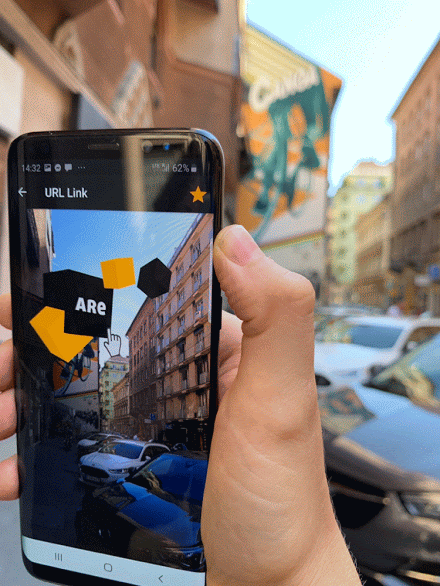
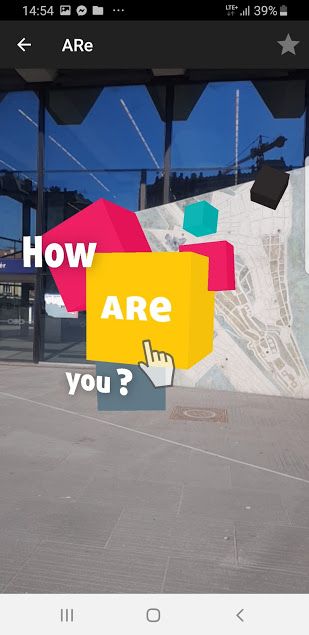
ARe | Web | Facebook | Instagram
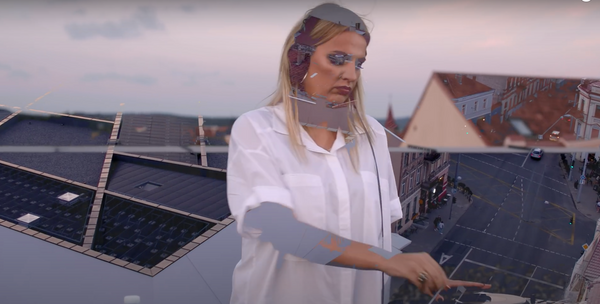
The historical red roofs of Vilnius in an electronic music video

Architect studio BIG to design tech hub in Bratislava
